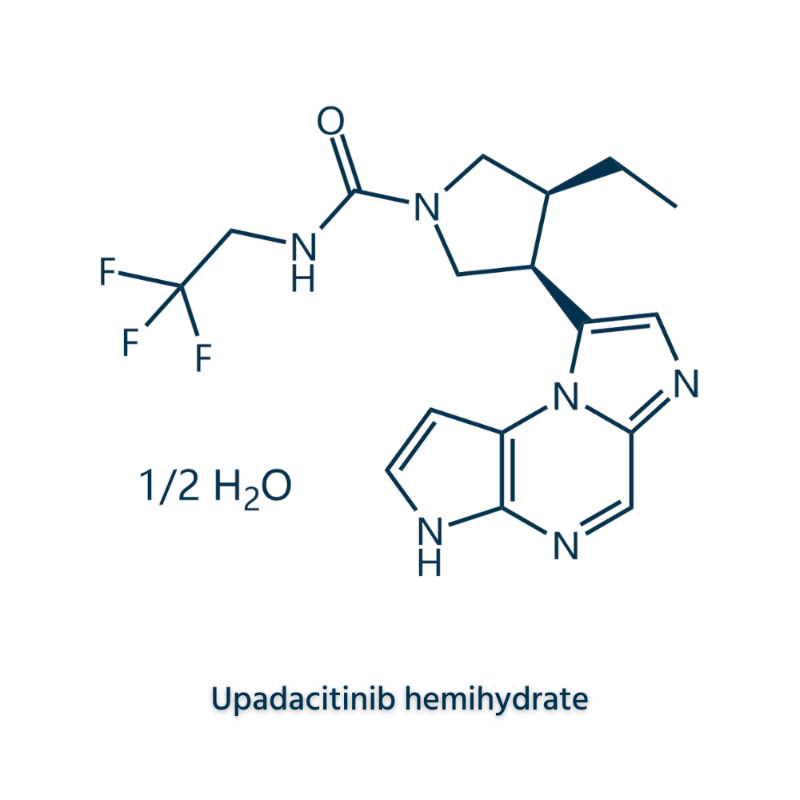-
Categories
-
Pharmaceutical Intermediates
-
Active Pharmaceutical Ingredients
-
Food Additives
- Industrial Coatings
- Agrochemicals
- Dyes and Pigments
- Surfactant
- Flavors and Fragrances
- Chemical Reagents
- Catalyst and Auxiliary
- Natural Products
- Inorganic Chemistry
-
Organic Chemistry
-
Biochemical Engineering
- Analytical Chemistry
-
Cosmetic Ingredient
- Water Treatment Chemical
-
Pharmaceutical Intermediates
Promotion
ECHEMI Mall
Wholesale
Weekly Price
Exhibition
News
-
Trade Service
Chest CT scans often have many incidental findings, of which intrathoracic lymphadenopathy (defined as a single enlarged nodule with a short axis diameter of 1.
0 cm) is one such case, especially in the asymptomatic lung cancer screening (LCS) population in
.
Although a variety of benign and malignant causes can cause mediastinal lymphadenopathy , most are reactive and have little clinical impact
Chest CT scans often have many incidental findings, of which intrathoracic lymphadenopathy (defined as a single enlarged nodule with a short axis diameter of 1.
0 cm) is one such case, especially in the asymptomatic lung cancer screening (LCS) population Lung cancer screening .
The American College of Radiology's Incidental Discovery Committee recommends that, in patients without other abnormal lesions , incidentally discovered lymph nodes with a short-axis diameter less than 1.
5 cm do not require further evaluation
A study published in the journal Radiology assessed the frequency of mediastinal lymphadenopathy in NLST participants on the initial LCS CT scan and explored its association with increased numbers of lung cancers , providing further insights into incidental mediastinal lymphadenopathy.
This study performed a retrospective analysis of the NLST database and screened CT trial participants, all of whom had at least one enlarged (≥1.
0 cm) mediastinal lymph node on the initial CT scan .
Each study was independently reviewed by two thoracic radiologists to measure the two largest nodules and record morphological characteristics .
Mediastinal lymph nodes with extensive calcification or lymph nodes less than 1 cm in size were not included .
The frequency and timing of lung cancer diagnosis , lung cancer stage, and histological findings were compared between NLST participants with and without lymphadenopathy .
0 cm) mediastinal lymph node on the initial CT scan .
Each study was independently reviewed by two thoracic radiologists to measure the two largest nodules and record morphological characteristics .
Mediastinal lymph nodes with extensive calcification or lymph nodes less than 1 cm in size were not included .
The frequency and timing of lung cancer diagnosis , lung cancer stage, and histological findings were compared between NLST participants with and without lymphadenopathy .
Of the 26,722 NLST participants, 422 (1.
6%) had noncalcified mediastinal lymphadenopathy on the initial LCS CT scan
Figure Kaplan-Meier curves showing survival of NLST participants based on mediastinal lymph node size, with different nodule size groups: at least 1.
0 cm but less than 1.
Figure Kaplan-Meier curves showing survival of NLST participants based on mediastinal lymph node size, with different nodule size groups: at least 1.
0 cm but less than 1.
5 cm (orange), at least 1.
5 cm but less than 2.
In conclusion, the presence of mediastinal lymphadenopathy was associated with higher incidence of lung cancer, more advanced disease, and shorter time to lung cancer diagnosis among participants in the National Lung Screening Trial .
Increased mediastinal lymph node size is associated with decreased patient survival .
These data support more aggressive further care in future draft lung cancer screening guidelines for patients with incidental mediastinal lymphadenopathy .
Original source :
Original source :Hamid Chalian , Holman Page McAdams , Youkyung Lee , et al .
Mediastinal Lymphadenopathy in the National Lung Screening Trial (NLST) Is Associated with Interval Lung Cancer .
DOI: 10.
1148/radiol.
Hamid Chalian Holman Page McAdams Youkyung Lee ,et al Mediastinal Lymphadenopathy in the National Lung Screening Trial (NLST) Is Associated with Interval Lung Cancer 10.
1148/radiol.
210522 10.
1148/radiol.
210522Leave a comment here







